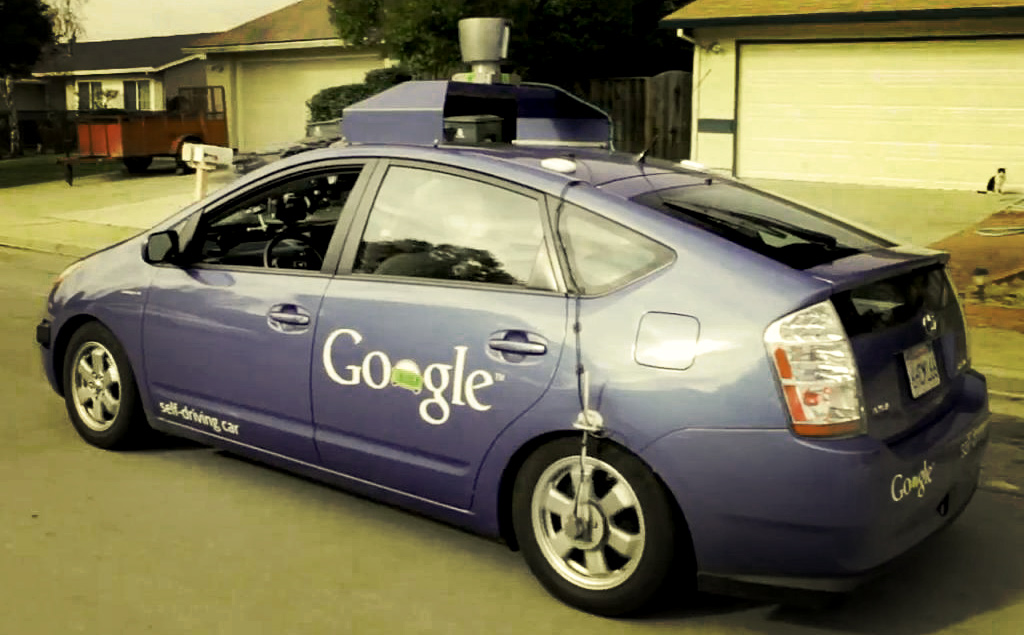Google has for a long time been developing a successful automated, self-driving car and is finally planning to release it for use at its campus in California. This new phase of the initiative is only three years post-emergence, when it then rolled out a Toyota Prius that had laser-scanning hardware strangely attached to the roof. Finally it is has become a reality: Google is moving the idea into the real world in the form of a campus taxi. What better testing ground than its home campus?
Although it will obviously prove difficult to incorporate this technology into the cars of the general public, such talk isn’t about to diminish Google’s ambitions. Google is leading the charge on this one. It’s prodding the auto industry — not to mention regulators and the insurance business — to push the whole effort at a Silicon Valley pace.
Already Nevada, Florida and California have legalized driverless-car testing on public roads, with a lobbying nudge from Google. And although plenty of other efforts are under way – from GM to Nissan and Audi — Google has the highest profile, something that surely rankles the old guard.
For those who think that it really will be a while before this dream becomes reality, consider this: anyone who’s watched Google’s swift rise in its 15-year history knows there’s also a big potential side benefit. Google talks about making the roads safer, but the company’s core business has plenty to gain from freeing up drivers from that task of, well, driving. How much? Americans on average spend 18.5 hours each week in a car, which adds up to a lot of time they could be checking Gmail, editing Google Docs, watching YouTube videos, and clicking ads.
If you consider the successes made by Google over the past 5 years alone, they too seemed impossible – but they have succeeded. Why should the self-driving car concept be any different? Perhaps with the introduction of this car in the flesh, other car manufacturers will see that it is in fact possible and will strive to create their own. Only time will tell…



